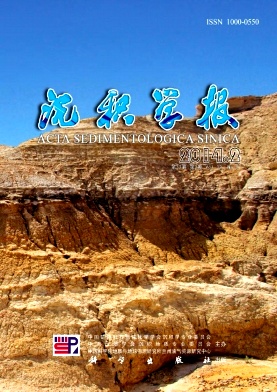Quantitative Calculation of Sandstone Porosity Evolution Based on Thin Section Data: A case study from Chang8 reservoir of Huanjiang area, Ordos Basin
- Publish Date: 2014-04-10
-
Key words:
- diagenesis /
- porosity evolution /
- casting section /
- Chang8 reservoir /
- Ordos Basin
Abstract: The quantitative calculation of sandstone porosity evolution based on casting section data is one of important techniques for diagenetic change and reservoir simulations. Because of the problems in parameters determination and calculation process, the results are not accurate in many cases. For this reason, based on the analysis of previous computation process and their errors, the original porosity determination method is decided, and COPL, CEPL and CRPI (corrosional porosity increase) calculation formula are deducted. To the determination of original porosity, Beard and Weyl’s wet packing experiment is more accurate than the method of assigning a constant value for all the samples according to the sedimentary facies or the Scherer’s equation based on the relationship between original porosity and coefficient of sorting. Under the consideration of rock bulk volume’s reduction in the compacting process, COPL, CEPL and CRPI calculation formula are deducted, and the errors in situation that the bulk volume’s reduction is neglected is analysed, and the errors’ extent is calculated. Instead of the method contrasting the intergranular porosity and ΦHe without calculation of CRPI, the approach considering all diagenesis sorts and rock bulk volume’s reduction in the compacting process is established in calculation result accuracy check-out. The application of the above-mentioned calculation methods of sandstone porosity evolution in Chang8 reservoir of Huanjiang area, Ordos Basin, is satisfying with 1.1% absolute error and 15.3% relative error of porosity.
| Citation: | Quantitative Calculation of Sandstone Porosity Evolution Based on Thin Section Data: A case study from Chang8 reservoir of Huanjiang area, Ordos Basin[J]. Acta Sedimentologica Sinica, 2014, 32(2): 365-375. |






 DownLoad:
DownLoad: